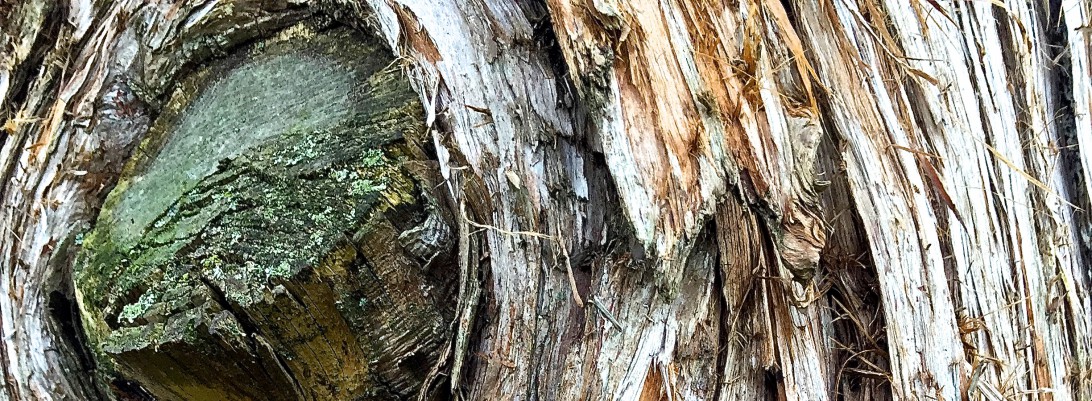After taking our class tour of Krannert Art Museum, I was so inspired by its architectural layout as well as my physical progression through consecutive galleries that I decided to curate my own exhibit within the confines of that campus building. But instead of sticking to a single gallery restriction, I chose to dream a bit bigger, to break the rules of curation for the sake of this assignment. My envisioned exhibit, “A Product of Human Creation,” covers the expanse of not one, not two, but five full rooms. I planned the placement of my selected installations and works of art in an attempt to create a visual and audial journey for visitors – a journey down the current path of environmental destruction. Ideally, visitors would enter through what Krannert currently calls the “African Gallery” and twist their way towards the “East Gallery” (where “Time / Image” now stands) to top off their viewing experience. Below, I have included a color-coordinated map of my exhibit.
Paul Hayes Gallery:
Preferably, visitors would begin their curated journey by walking through Paul Hayes’s paper installation (unnamed by artist). Hayes created a dense canopy of leaves with bits and pieces of recycled paper, and this canopy hangs fairly low to the floor – only a body’s length away from it. One can almost brush the bottoms of these leaves with the top of his or her head. In addition, there is only one path to take if you wish to progress to the next gallery. More or less, I want viewers to marvel at the sheer number of paper leaves and wonder where they came from as they walk through this room.
Keiko Sato Gallery:
Keiko Sato’s “Metamorphosis” is the second stop on viewers’ journey through my exhibit. Sato employed precut logs to recreate severed tree trunks. Near the base of these chopped trees, he sprinkled soil, moss, mold, AND computer parts. Furthermore, Sato utilized electric wires to simulate the entire tree trunk that used to be present, alive and well, before it was sawed off. I wish for viewers to realize the symbolism behind my placement of this installation. In other words, I want them understand that the paper canopy from Paul Hayes’s Gallery most likely came from the outlines of Sato’s trees.
Cai Guo-Qiang Gallery:
After the mass destruction of trees – trees being a major part of an animal’s natural habitat – it’s very befitting that viewers move to Cai Guo-Qiang’s “Inopportune: Stage Two” as the next stop in their visual journey. Guo-Qiang created lifelike tigers through a combination of paper mache, plaster, fiberglass, resin, and painted hide. Unfortunately, these fake tigers have been hunted down and pierced with a multitude of arrows. Their faces are twisted in snarls of anguish, but nothing can be done. We are the ones to blame for this tragedy, we are the culprits of this monstrosity.
Street Art Gallery:
After the destruction of nature and the creatures within it, I hustle viewers towards a big city setting. In my Street Art Gallery, I include well-known pieces by Banksy, Dr.Love, and NemO’s. Starting off with Banksy’s white washed work (unnamed by artist), I display for visitors how we actively erase the wild beauty of our past. I also include Banksy’s video-man piece in addition to his young-girl-meets-bird creation (both unnamed by artist). The first is a critique of our techno-centric world, and the latter illustrates the desolate state of natural affairs that we have left for the youth of today’s society. This image is followed by Dr.Love’s woman-on-oxygen work (unnamed by artist) to exhibit the bleak future of Banksy’s young girl. From here, viewers move on to NemO’s grotesque depiction of a naked man eating tress and pooping out houses – a very blunt and pithy message. Finally, viewers will end with one more Banksy creation: his vary famous “I see humans but no humanity” street art piece. This message possesses tons of power, since it pretty much sums up the gist of my overall exhibit.
Counting Crows Gallery:
Last but not least, viewers will finish their journey through my exhibit in the Counting Crows Gallery. In this room, I envision rows upon rows of chairs. They would all be lined up, starting at the very back of the room and stretching to very front of it. Furthermore, all chairs would face a wide movie screen that covers the South wall (where the VHS creation currently hangs). On this screen, Counting Crows’s “Big Yellow Taxi” will play on repeat. The story that the song tells is a simple one: “They paved paradise and put up a parking lot.” Therefore, the viewing of this music video will be an eerily upbeat end to a very jarring and raw exhibit.

